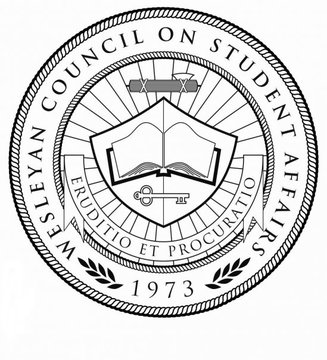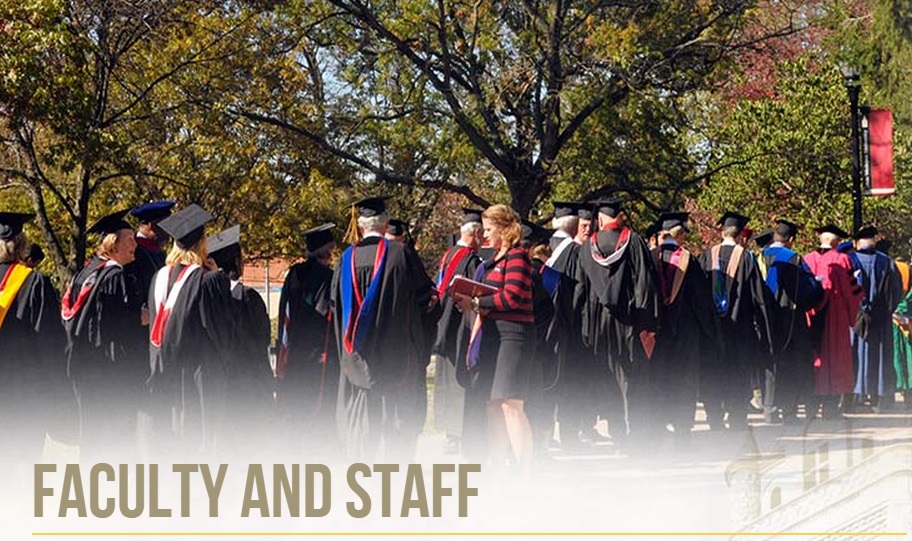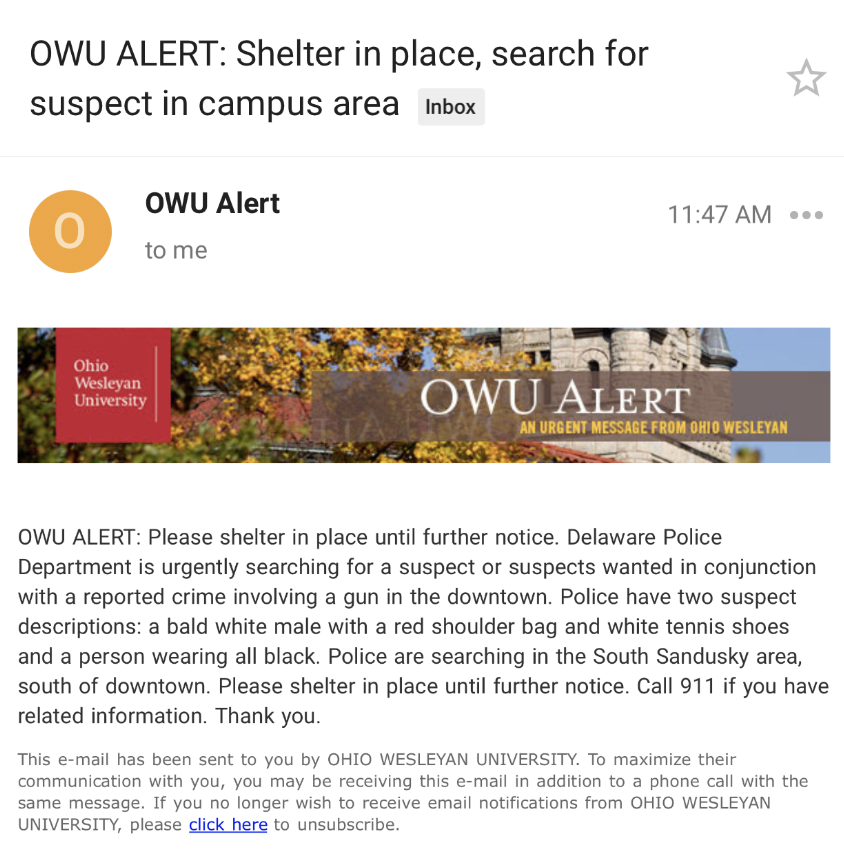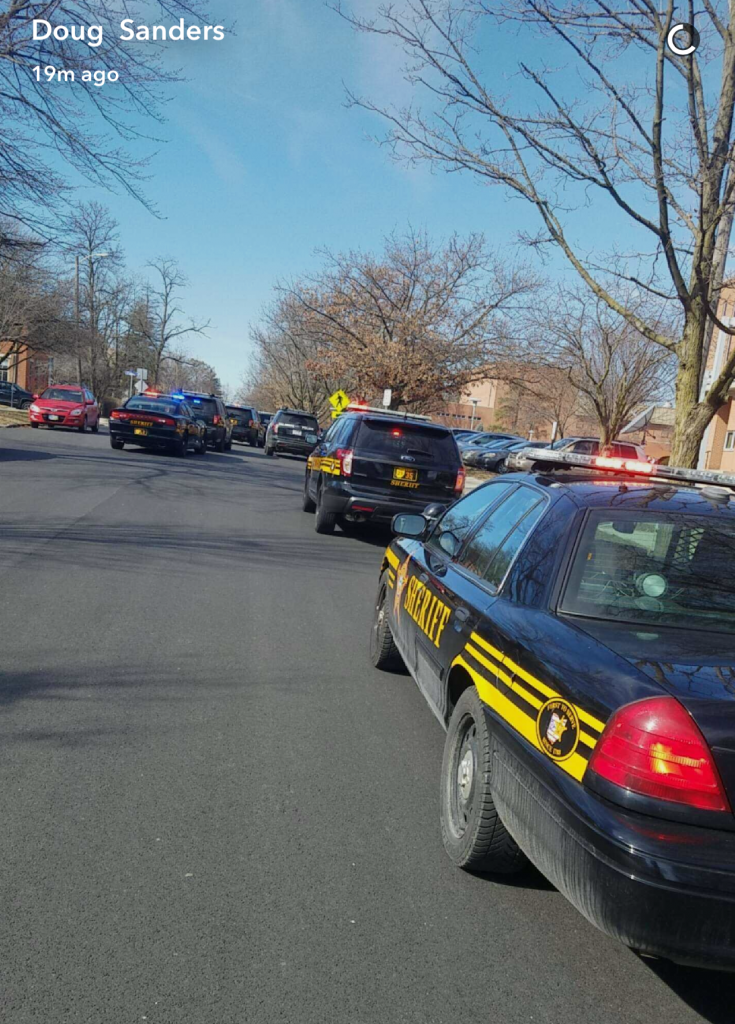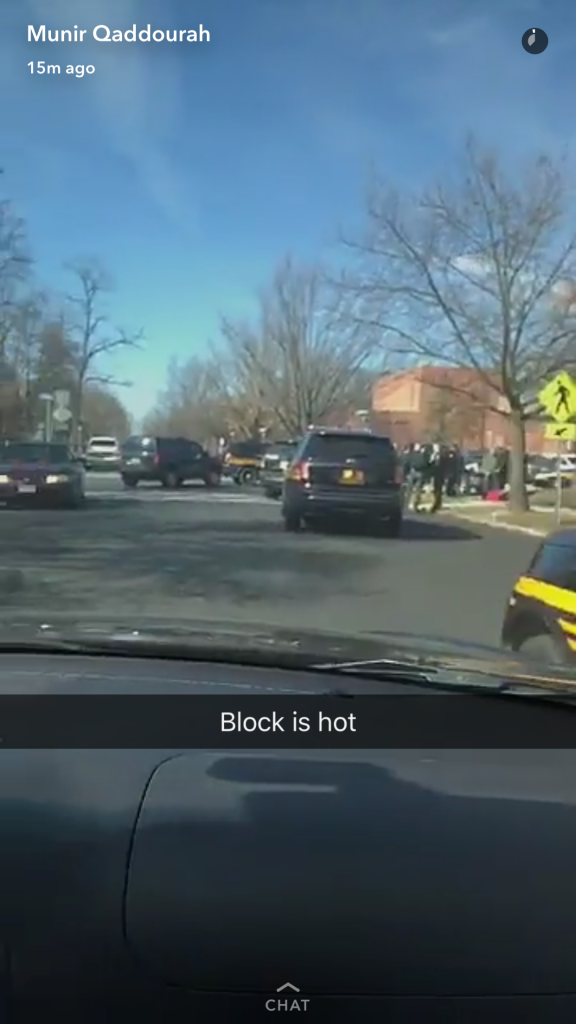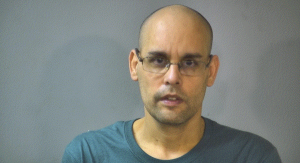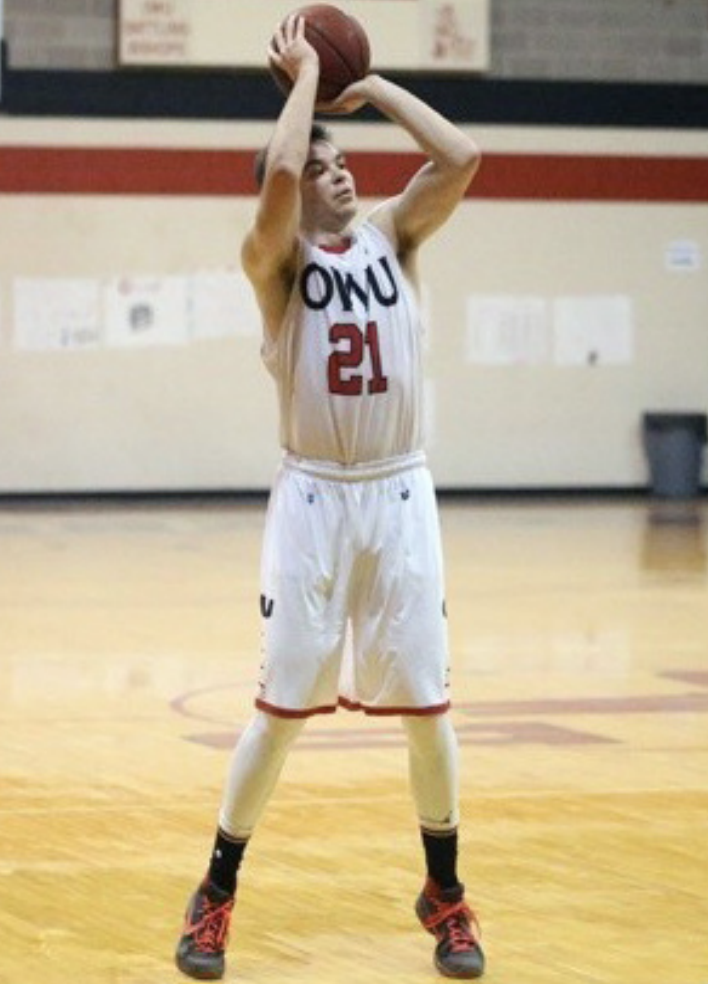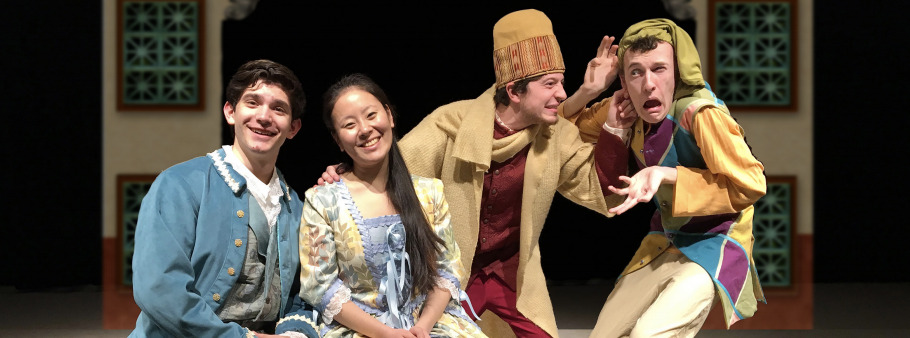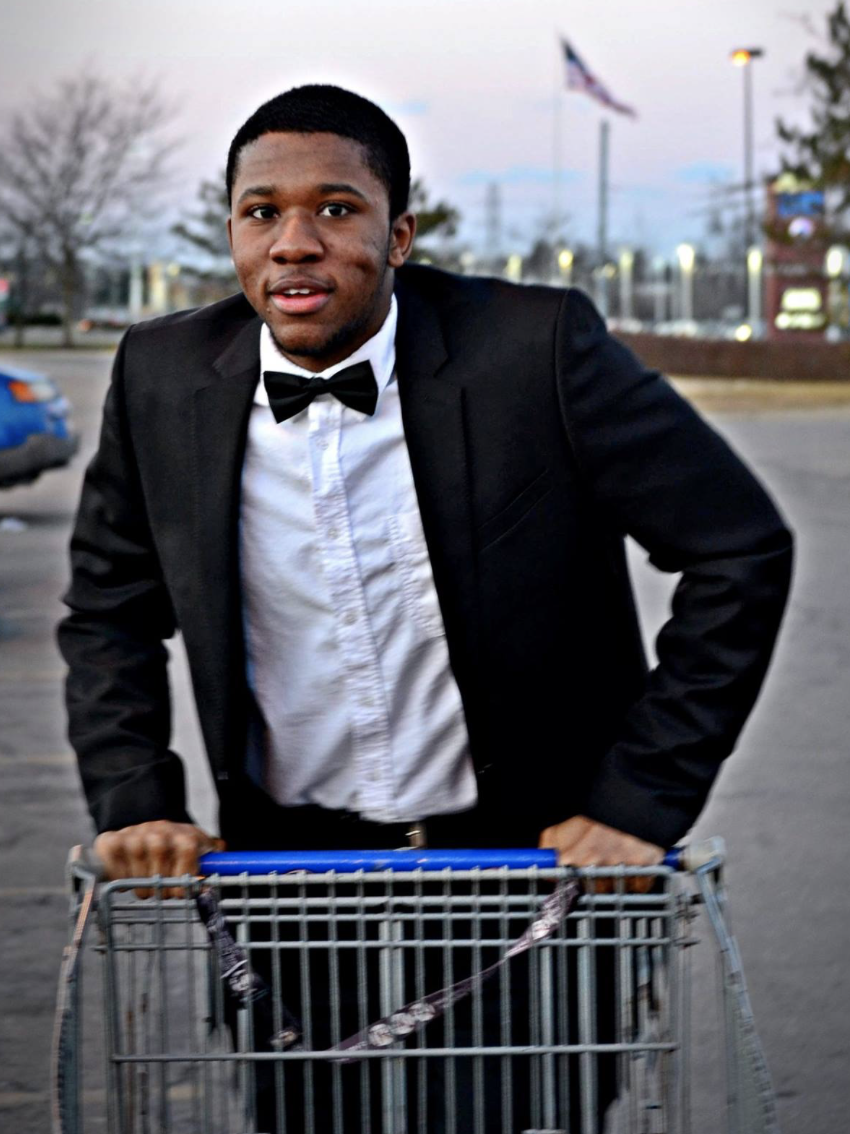By Alanna Henderson, Managing Editor
The Ohio Wesleyan Board of Trustees held an offsite three-day retreat in Florida; it’s the first offsite meeting since 2014.
The meeting took place in Naples, Florida, from Feb. 9 through Feb. 11. with President Rock Jones, several trustees, the offices of the university, and eight faculty members in attendance.
The Board of Trustees meets four times a year. Back at the 2014 retreat, the Board of Trustees established the framework for OWU’s Connect Today, Create Tomorrow campaign. At the previous February retreat on campus, the board committed to OWU’s goal and plan for enrolling 2,020 students by fall of 2020.
The Florida retreat’s agenda was just as busy and equally as ambitious.
“The board meeting was an energizing time for all who participated as we explored the challenges faced by small colleges today and the many opportunities Ohio Wesleyan has to meet those challenges,” Jones said.
Associate Professor of Comparative Literature Sally Livingston is on the University Governance Committee and said the retreat was a very positive experience. The focus, she said, was to continue to make OWU the best the university can be.
“[The retreat] is more checking in to make sure we are on the right path in the right direction. In the end, we felt whatever little bumps might come up, we know that we are all committed to working on it together,” Livingston said.
It was reported to the rest of the faculty that of the eight new majors being introduced to students, Business Administration has generated the most interest from newly admitted students among any major. Also, many of the majors introduced this year have been among the most visited pages on the OWU website.
Additionally, Jones reported that OWU’s new regional recruiter in Chicago, Jay Shamlin, has helped double the number of OWU applicants from the Chicago area.
“The amount of international applications also are up substantially from last year, with an increase of more than 55 percent in completed applications from international students. Overall, applications are about even with this point last year,” Jones said in the email.
The fall-to-spring retention numbers fell this year, and the board continues to explore the reasons. The board is looking into retention issues related to academic, social and financial perspectives.
“This means looking carefully at the first-year experience including advising, student support services, and the residential experience; enhancing co-curricular opportunities including health, wellness, and recreational sports along with other existing initiatives, and creating a better understanding among new students of the level of work required for college success,” Jones said in the email.
At the meeting, the co-chairs of the Connect Today, Create Tomorrow campaign announced that the total raised to date exceeds $123 million.
According to an emailed report, the trustees were particularly enthusiastic about the impact of the campaign, which includes the $11 million for the OWU Connection, funding for three SLUplexes and a new Honors House, support of innovative new programs, Merrick Hall and the Simpson Querrey Fitness Center, more than $11 million in endowments supporting fac-
ulty positions, and more than $26 million for student scholarships and financial aid.
Two trustees, Carol Latham and Kara Trott, each announced seven-figure commitments to the campaign.
Jones said OWU will celebrate the 175th birthday anniversary as a part of Homecoming Weekend Oct. 19-22. Among the many festivities planned are a special Day on the JAY on Friday, welcoming the entire campus, Board of Trustees and other campus guests.
“This is an exciting time at Ohio Wesleyan as we approach our 175th anniversary and chart the course to help prepare new generations of students to become moral citizens in this truly global society… We have made progress, and we must continue to take urgent action and focus keenly on proper execution to best serve our students,” Jones said in the email.
